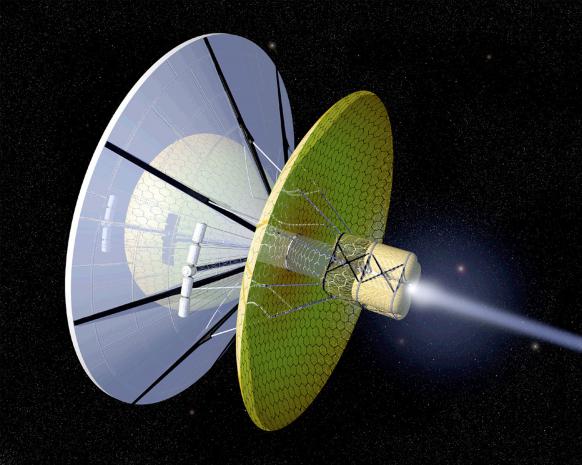
Breaking News
 The #1 Most Dangerous Fat in the World!
The #1 Most Dangerous Fat in the World!
 Is $140K the New Poverty Line? Is This the End of America's Middle Class?
Is $140K the New Poverty Line? Is This the End of America's Middle Class?
 Here Are the NEWLY RELEASED Epstein Images Tied to Powerful Democrats
Here Are the NEWLY RELEASED Epstein Images Tied to Powerful Democrats
 Joe Biden Still Struggling to Raise Money for Presidential Library – No New Donations...
Joe Biden Still Struggling to Raise Money for Presidential Library – No New Donations...
Top Tech News
 This tiny dev board is packed with features for ambitious makers
This tiny dev board is packed with features for ambitious makers
 Scientists Discover Gel to Regrow Tooth Enamel
Scientists Discover Gel to Regrow Tooth Enamel
 Vitamin C and Dandelion Root Killing Cancer Cells -- as Former CDC Director Calls for COVID-19...
Vitamin C and Dandelion Root Killing Cancer Cells -- as Former CDC Director Calls for COVID-19...
 Galactic Brain: US firm plans space-based data centers, power grid to challenge China
Galactic Brain: US firm plans space-based data centers, power grid to challenge China
 A microbial cleanup for glyphosate just earned a patent. Here's why that matters
A microbial cleanup for glyphosate just earned a patent. Here's why that matters
 Japan Breaks Internet Speed Record with 5 Million Times Faster Data Transfer
Japan Breaks Internet Speed Record with 5 Million Times Faster Data Transfer
 Advanced Propulsion Resources Part 1 of 2
Advanced Propulsion Resources Part 1 of 2
 PulsarFusion a forward-thinking UK aerospace company, is pushing the boundaries of space travel...
PulsarFusion a forward-thinking UK aerospace company, is pushing the boundaries of space travel...
 Dinky little laser box throws big-screen entertainment from inches away
Dinky little laser box throws big-screen entertainment from inches away
 'World's first' sodium-ion flashlight shines bright even at -40 ºF
'World's first' sodium-ion flashlight shines bright even at -40 ºF
Science fiction revisited: Ramjet propulsion

In science fiction stories about contact with extraterrestrial civilisations, there is a problem: What kind of propulsion system could make it possible to bridge the enormous distances between the stars? It cannot be done with ordinary rockets like those used to travel to the moon or Mars. Many more or less speculative ideas about this have been put forward—one of them is the "Bussard collector" or "Ramjet propulsion". It involves capturing protons in interstellar space and then using them for a nuclear fusion reactor.
Peter Schattschneider, physicist and science fiction author, has now analyzed this concept in more detail together with his colleague Albert Jackson from the USA. The result is unfortunately disappointing for fans of interstellar travel: it cannot work the way Robert Bussard, the inventor of this propulsion system, thought it up in 1960. The analysis has now been published in the scientific journal Acta Astronautica.
The hydrogen-collecting machine
"The idea is definitely worth investigating," says Prof. Peter Schattschneider. "In interstellar space there is highly diluted gas, mainly hydrogen—about one atom per cubic centimeter. If you were to collect the hydrogen in front of the spacecraft, like in a magnetic funnel, with the help of huge magnetic fields, you could use it to run a fusion reactor and accelerate the spacecraft." In 1960, Robert Bussard published a scientific paper about this. Nine years later, such a magnetic field was described theoretically for the first time. "Since then, the idea has not only excited science fiction fans, but has also generated a great deal of interest in the technical and scientific astronautics community," says Peter Schattschneider.
Peter Schattschneider and Albert Jackson now took a closer look at the equations, half a century later. Software developed at TU Wien as part of a research project for calculating electromagnetic fields in electron microscopy unexpectedly turned out to be extremely helpful: the physicists were able to use it to show that the basic principle of magnetic particle trapping actually works. Particles can be collected in the proposed magnetic field and guided into a fusion reactor. In this way, considerable acceleration can be achieved—up to relativistic speeds.



